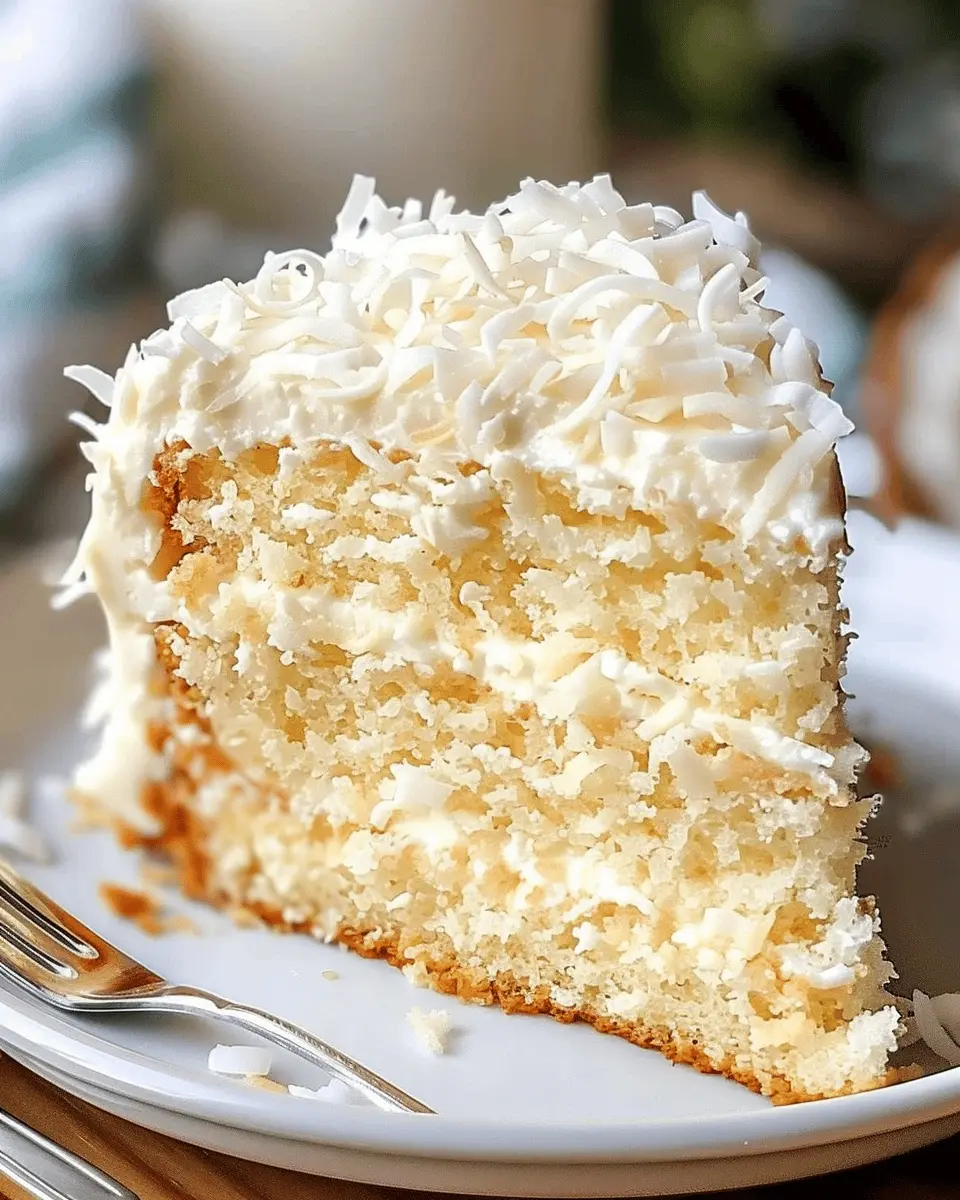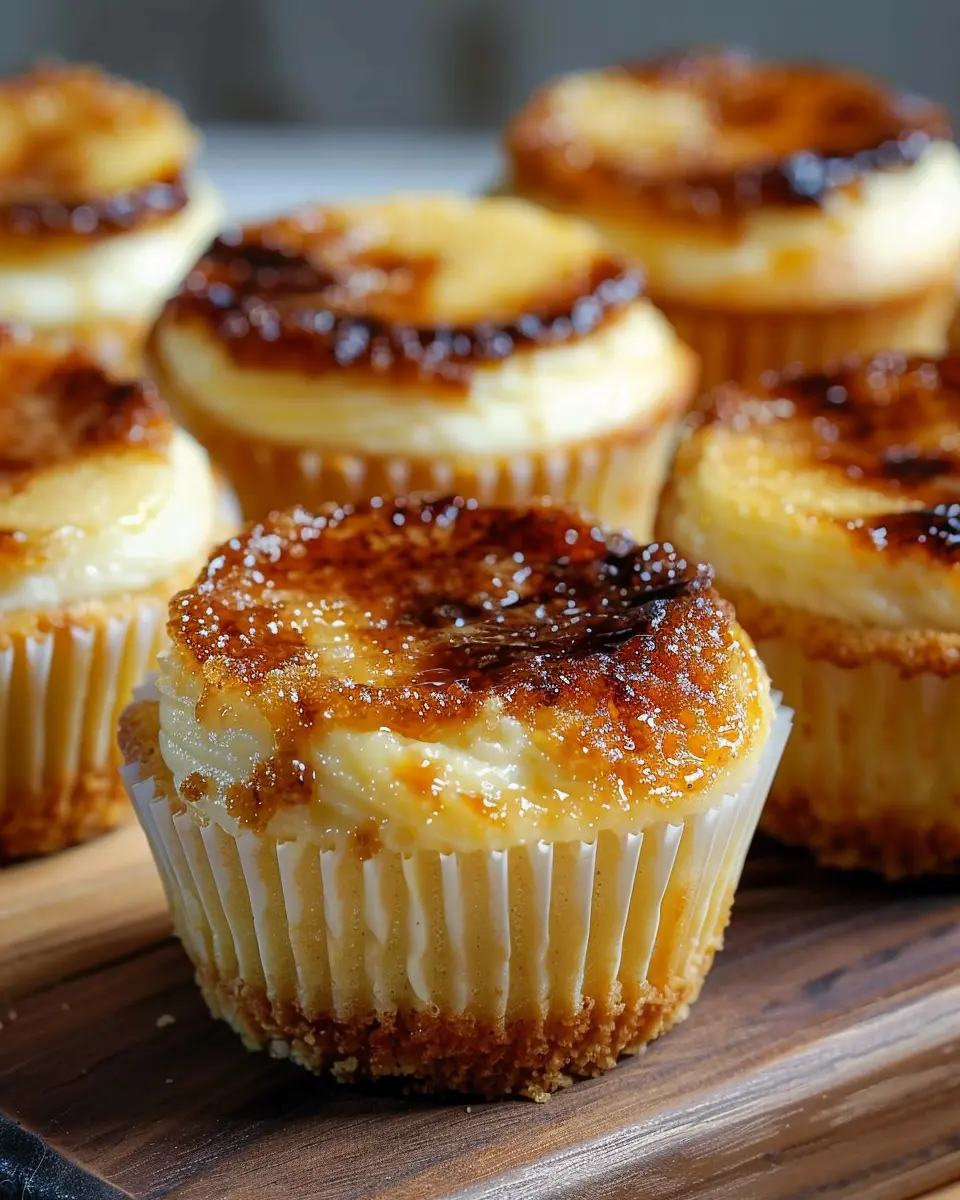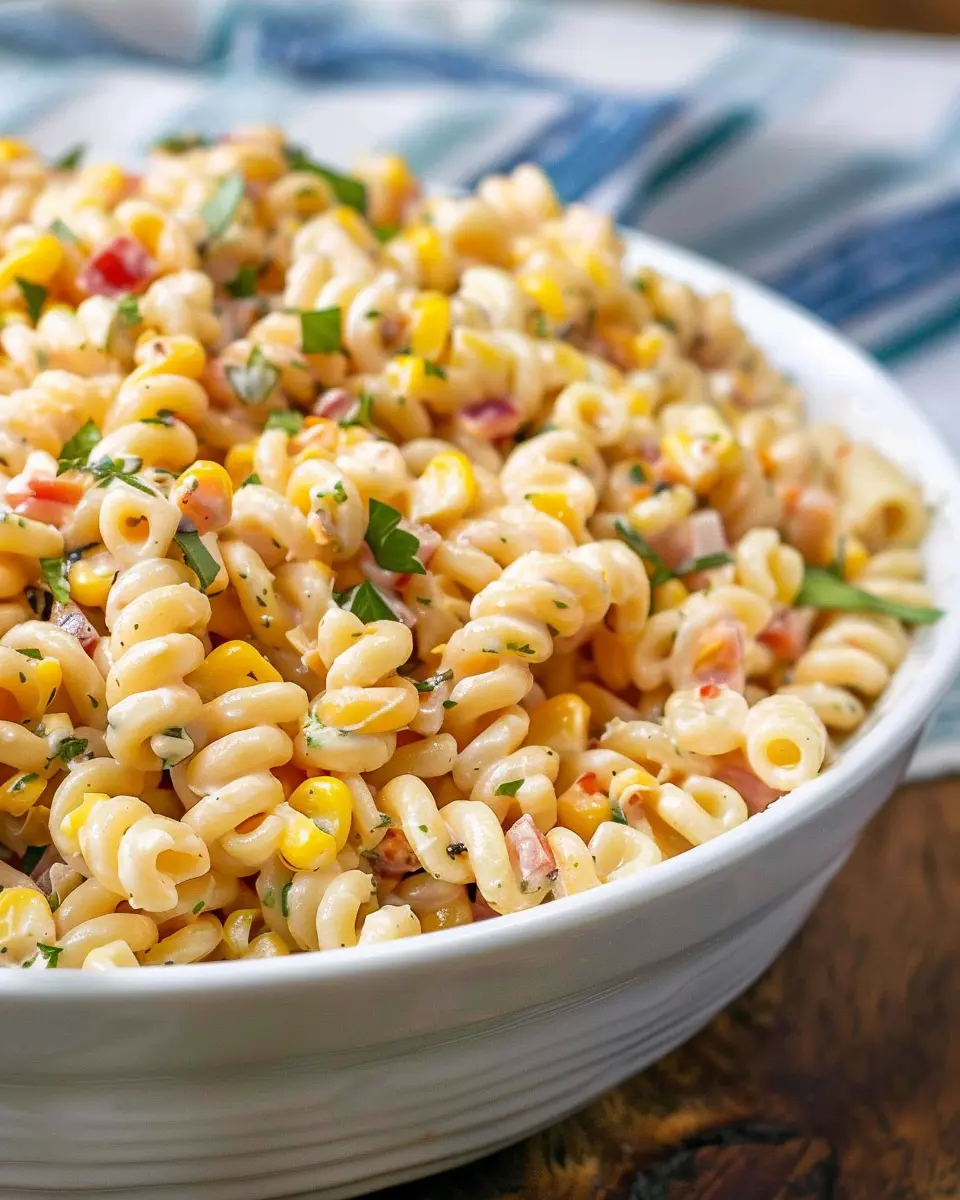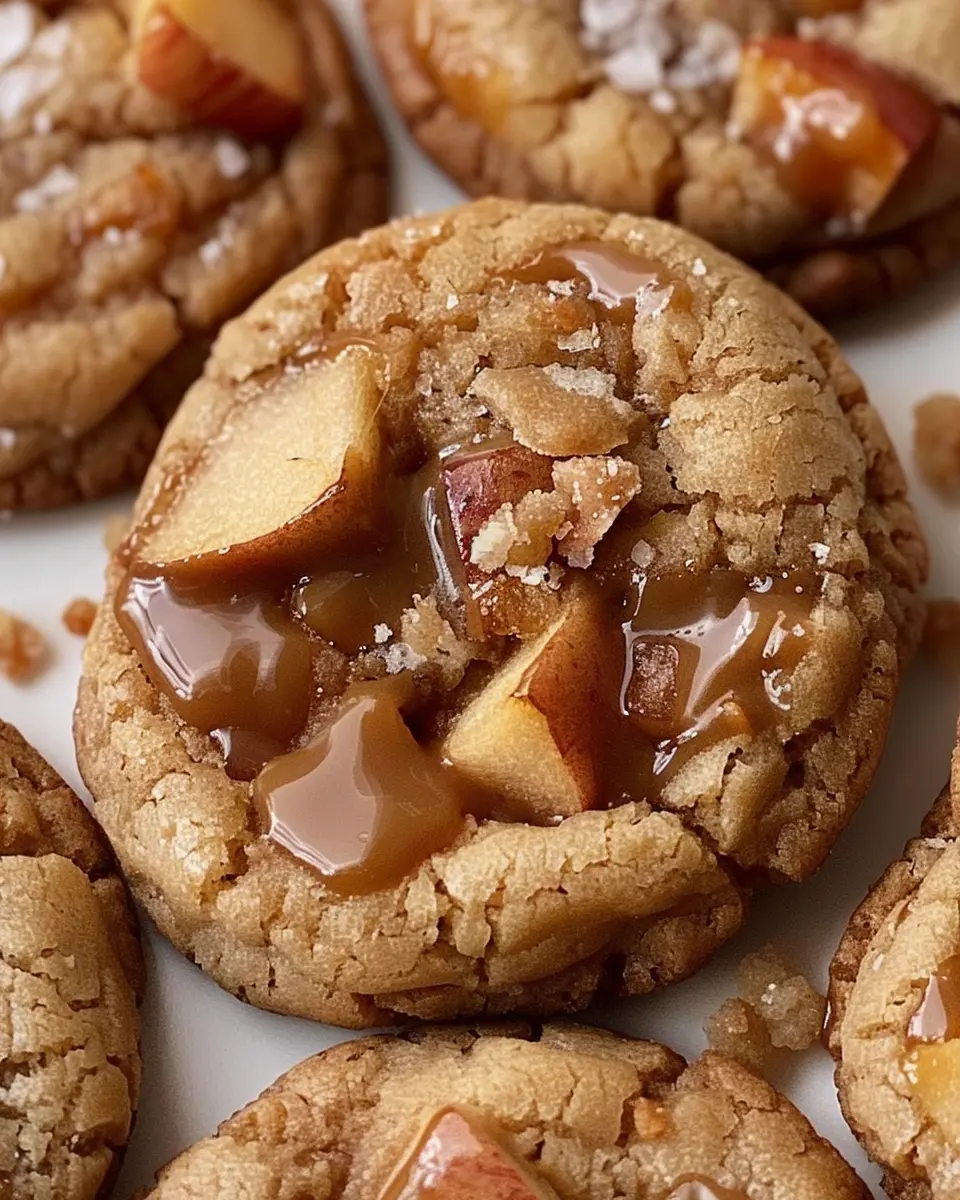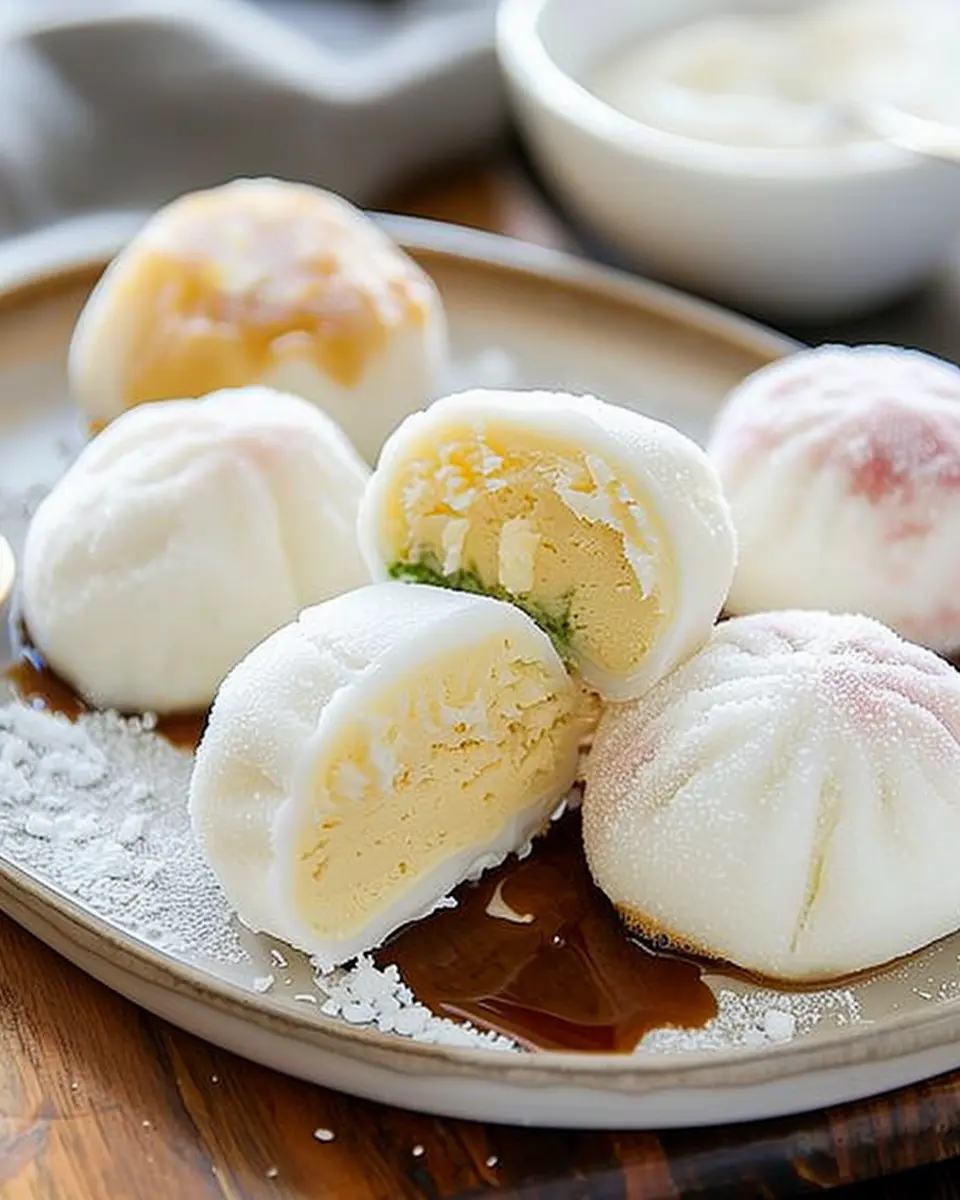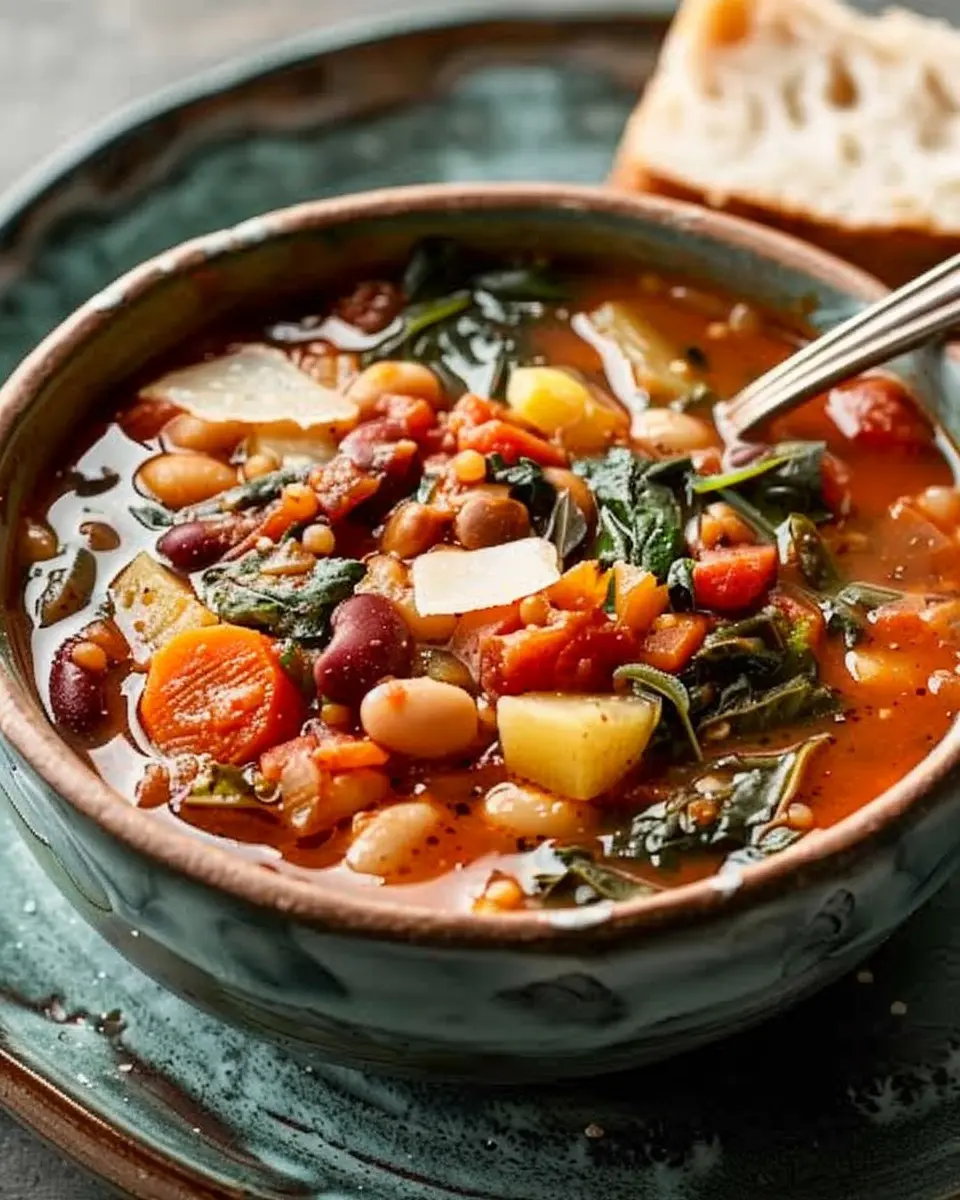Introduction to Coconut Cake
If you’re seeking a dessert that effortlessly combines moist texture with a burst of tropical flavor, coconut cake is likely to win hearts and taste buds alike. This sumptuous cake is a beloved choice at gatherings, from birthdays to bridal showers, thanks to its light yet rich experience that leaves everyone wanting more. As you slice into the cake, the fluffy layers and creamy frosting are not just a treat for the palate, but a nostalgic reminder of sun-kissed vacations and sun-drenched beaches.
What makes coconut cake a crowd-pleaser?
So, what exactly is it about coconut cake that makes it such a favorite? Here are a few reasons:
-
Unique Flavor Profile: The distinct flavor of coconut offers a delightful twist compared to more traditional cake flavors. Coconut brings a hint of sweetness and depth that pairs beautifully with various toppings and fillings.
-
Versatile Pairing Options: Whether you’re serving it with a classic buttercream frosting, a light whipped cream, or a tangy fruit compote, the potential combinations keep the experience fresh and exciting.
-
Visually Appealing: A well-decorated coconut cake, covered in lush coconut flakes or adorned with tropical fruits, makes for stunning center stage at any gathering. Its tall, fluffy structure invites everyone to indulge.
-
Nostalgia Factor: Many associate coconut cake with celebration and warmth, often recalling family recipes passed down through generations. This emotional connection makes it even more appealing to serve.
-
Widely Adaptable: For those with dietary preferences or restrictions, coconut cake can easily be modified. You can whip up gluten-free or vegan versions without losing its signature yumminess.
Beyond its irresistible taste and beautiful presentation, coconut cake also boasts a rich history that adds an interesting layer to its enjoyment. If you’re curious to learn more about the cultural significance of coconut in cooking, check out sources like Bon Appétit or Serious Eats for a deeper dive.
In essence, coconut cake is more than just a dessert—it’s an experience, and one that perfectly embodies the joy of sharing food with friends and family. So, if you’re ready to dive into the world of baking, let’s create your very own coconut cake masterpiece!

Ingredients for Coconut Cake
The Cake Base
Creating a delicious Coconut Cake starts with the right ingredients. Here’s what you’ll need for a scrumptious cake that will impress your friends and family:
- All-purpose flour: 2 cups, which provides the structure.
- Granulated sugar: 1.5 cups, ensuring the cake is sweet and moist.
- Baking powder: 1 tablespoon to help your cake rise perfectly.
- Salt: a pinch to balance the flavors.
- Unsalted butter: 1 cup, softened—because who can resist that rich, buttery taste?
- Eggs: 4 large, acting as the binding agent for that fluffy texture.
- Coconut milk: 1 cup, adding a tropical twist.
- Vanilla extract: 1 tablespoon; feel free to use homemade for more depth.
- Shredded coconut: 1 cup, ensuring every bite is bursting with coconut flavor.
For those interested in alternative measurements or substitutions, check out resources like the American Coconut Council for more information. With these ingredients on hand, you’re just a whisk away from a moist and delightful Coconut Cake. Happy baking!
Preparing Coconut Cake
Baking a delicious Coconut Cake is a delightful venture that combines comfort, creativity, and a sprinkle of tropical charm. Before diving in, let’s get organized and ensure that your baking experience is smooth and enjoyable. Ready to whip up something special? Here’s your step-by-step guide to preparing the perfect Coconut Cake.
Gather all your ingredients
The first step to a successful baking experience is gathering your ingredients. Make sure you have the following on hand:
- Flour (all-purpose)
- Granulated sugar
- Baking powder
- Salt
- Unsalted butter (softened)
- Eggs (large, at room temperature)
- Coconut milk
- Vanilla extract
- Shredded coconut (unsweetened for a more natural flavor)
Having everything ready not only streamlines the process but also brings an air of excitement, as you can see all the delicious elements coming together.
Preheat and prepare your baking pans
Preheating your oven is crucial. Set it to 350°F (175°C) and let it work its magic while you prep your pans. Grease two 9-inch round cake pans with butter or non-stick spray and dust them lightly with flour. This simple step will help ensure that your cake releases easily after baking. Who wants the heartbreak of a cake that won’t come out of the pan, right?
Mix the dry ingredients
While your oven preheats, it’s time to combine the dry ingredients. In a large mixing bowl, whisk together:
- 2 cups of all-purpose flour
- 1 teaspoon of baking powder
- 1/2 teaspoon of salt
This step is crucial as it ensures even distribution of the leavening agent. The result? Soaring cake layers that are light and fluffy. When it comes to baking, proper mixing is half the battle won.
Cream the butter and sugar
Now it’s time for the fun part: creaming the butter and sugar! In another mixing bowl, beat together 3/4 cup of unsalted butter and 1 3/4 cups of granulated sugar until the mixture is fluffy and light in color. This process usually takes about 3-5 minutes with an electric mixer. The transformation might just feel like magic as you create the perfect base for your Coconut Cake.
Incorporate eggs and extracts
Once your butter and sugar are creamed to perfection, it’s time to add in the eggs and extracts. Beat in 3 large eggs, one at a time, ensuring that each is fully incorporated before adding the next. Then add 1 teaspoon of vanilla extract and 1/2 teaspoon of coconut extract for that extra tropical flair. Pro tip: Use high-quality extracts for the best flavor!
Combine wet and dry ingredients
Now comes the moment of truth. Gradually mix your dry ingredients into the creamed mixture, alternating with 1 cup of coconut milk. Start and end with the flour mixture (dry first and last). This technique keeps your cake batter nice and even. Be careful not to over-mix; just blend until everything is combined.
Pour into pans and bake
Finally, it’s time to pour the batter evenly into your prepared cake pans. Use a spatula to smooth the tops, then pop them into your preheated oven. Bake for approximately 25-30 minutes or until a toothpick inserted in the center comes out clean. While your Coconut Cake is baking, the sweet aroma will take over your kitchen, making you feel like a baking superstar!
Conclusion
Preparing a Coconut Cake is not just about following a recipe – it’s about creating joy and deliciousness. From gathering ingredients to pouring the batter into pans, each step adds a personal touch. So, let your creativity shine and enjoy the process! Don’t forget to consider garnishing with additional coconut flakes or a coconut-infused frosting for that perfect finishing touch. Happy baking!
For some inspiration on cake decorating techniques, check out this helpful guide on decorating cakes. Enjoy your delicious creation!
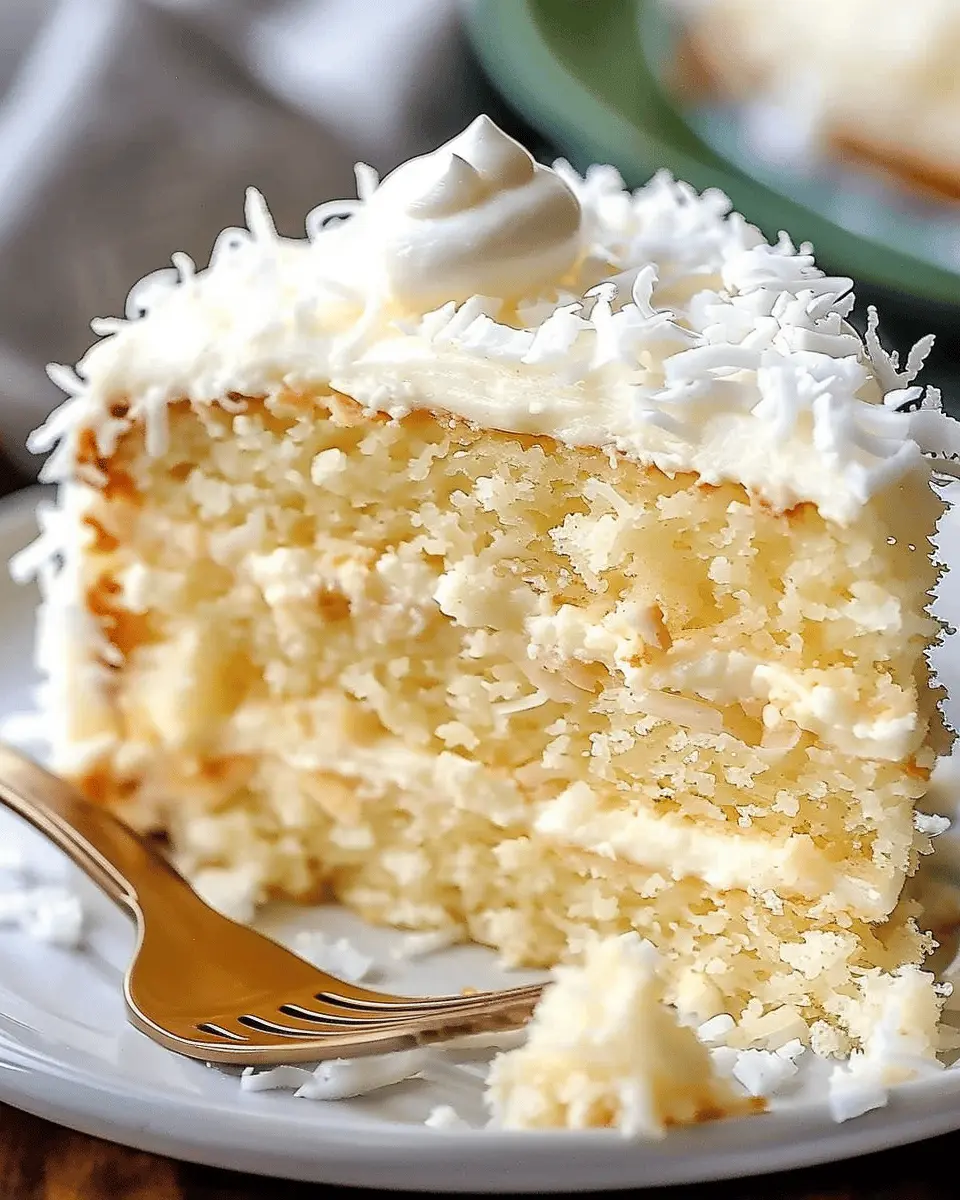
Variations on Coconut Cake
Coconut cake is a delightful treat that brings a little slice of paradise to any occasion. But why stop at the classic version? There are so many fun variations to explore! Let’s dive into two tempting twists on this beloved dessert.
Tropical Coconut Cake with Pineapple
Imagine a cake that transports you straight to a beachside resort! For a tropical coconut cake, simply add crushed pineapple to the batter or as a filling. The sweetness of the pineapple perfectly complements the creamy coconut, creating a refreshing balance. You can also enhance the flavor with a touch of coconut extract for an extra punch. Consider topping it off with a light whipped cream frosting and garnishing it with toasted coconut flakes and pineapple slices. This playful version is perfect for summer parties or any occasion when you want to impress your guests.
For more inspiration on tropical flavors, check out tropical dessert recipes that can give you a fresh perspective!
Decadent Chocolate Coconut Cake
For all the chocolate lovers out there, this variation is a must-try. A chocolate coconut cake combines rich cocoa with creamy coconut for a truly indulgent dessert. Start with a chocolate cake base and fold in shredded coconut. You can even layer it with a creamy coconut frosting to take it over the top! Drizzling chocolate ganache on top adds an enticing sheen and an extra layer of flavor that’s sure to satisfy any sweet tooth. This delightful fusion is great for birthdays, anniversaries, or simply when you need a sweet pick-me-up.
Did you know that combining chocolate and coconut can boost your mood? Studies show that both ingredients can enhance feelings of happiness. So why not whip up a slice today?
Cooking notes for Coconut Cake
Tips for ensuring a moist Coconut Cake
Creating a moist Coconut Cake is all about the balance of ingredients and baking techniques. Here are a few pro tips to achieve that perfect texture:
- Use room temperature ingredients: Make sure your butter, eggs, and milk are at room temperature. This helps to create a smoother batter, which locks in moisture.
- Don’t overmix: Mix your batter just until the dry ingredients are incorporated. Overmixing can lead to a dense cake.
- Add yogurt or buttermilk: Incorporating these moist ingredients can enhance the moisture content and flavor.
Common mistakes to avoid
When it comes to baking a Coconut Cake, some common pitfalls can ruin your efforts:
- Skipping the cooling time: Cooling the cake in the pan can lead to a gummy texture. Always let it cool completely on a wire rack.
- Using stale coconut: Fresh coconut adds a vibrant flavor. Avoid using old or dried-out coconut which can make your cake taste bland.
- Underbaking or overbaking: Use a toothpick to check for doneness—it should come out clean. This prevents a dry or soggy cake.
For inspiration and more baking tips, check out the American Baking Guild.
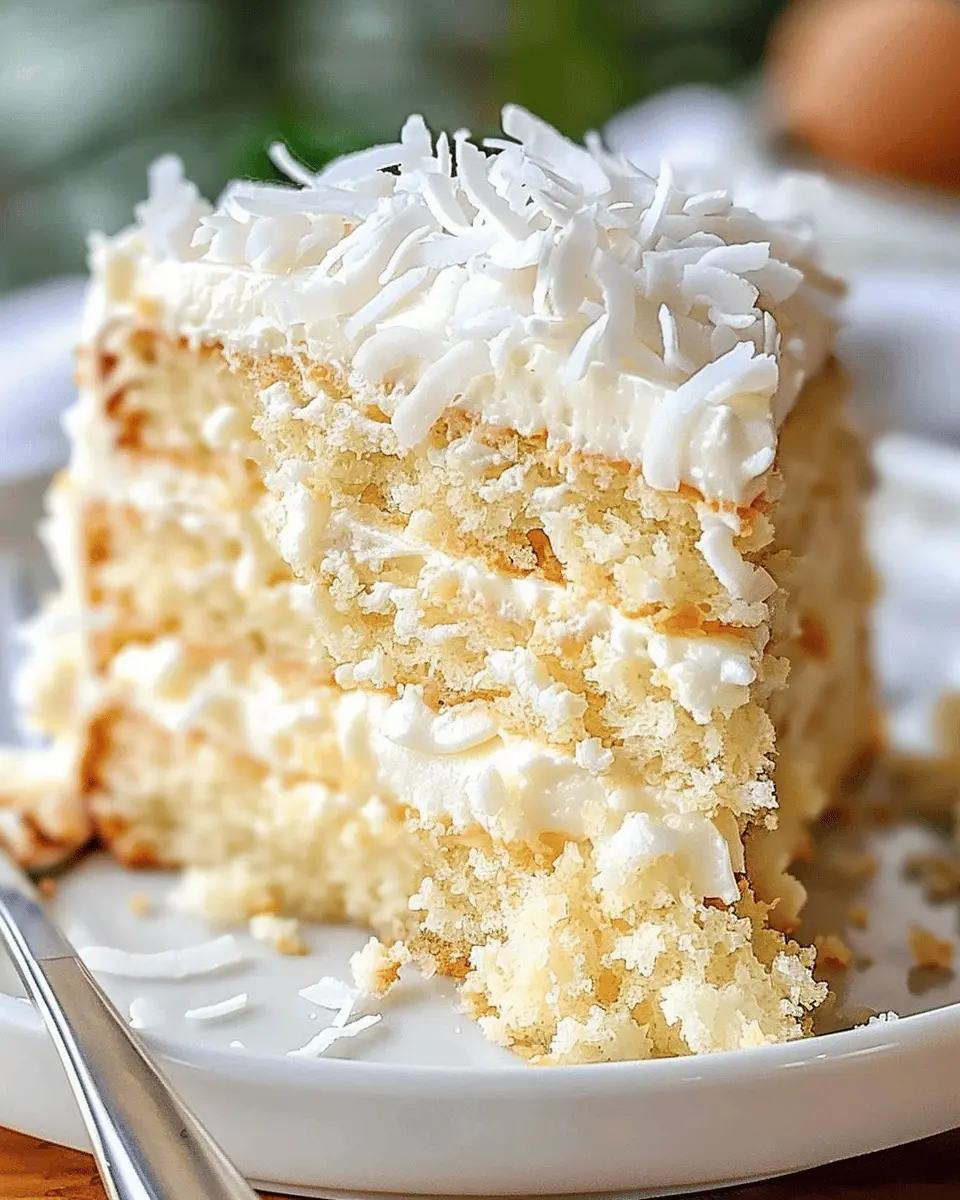
Serving suggestions for Coconut Cake
Coconut Cake is a delightful treat that can be elevated even further with some thoughtful pairings and creative decorations. Let’s explore a couple of serving suggestions that will make your cake the star of any gathering.
Pairing with fresh fruits
Enhance the tropical flavors of your Coconut Cake by serving it with an assortment of fresh fruits. Consider juicy pineapple, sliced mango, or vibrant strawberries to complement the cake’s flavors. The acidity and brightness of the fruits can balance the sweetness of the cake beautifully. A dollop of whipped cream or a scoop of dairy-free ice cream can also create a delightful combination. This is a fantastic way to add color and freshness to your dessert—and who doesn’t love a vibrant plate?
Decorate for a special occasion
When it comes time to serve your Coconut Cake, a little creative decoration can go a long way in impressing your guests. Use toasted coconut flakes to coat the top and sides for a rustic look. You could also add edible flowers or fresh mint leaves for a pop of color and freshness. If you’re celebrating a special occasion, consider crafting a themed topper or using cake stands. These thoughtful touches can elevate simple slices into a visually stunning centerpiece that is sure to be remembered!
By implementing these serving suggestions, you’ll not only showcase your Coconut Cake in the best light but also create a memorable experience for everyone at the table. For more inspiration on desserts that pair beautifully with Coconut Cake, check out The Kitchn and Serious Eats.
Time breakdown for Coconut Cake
When planning to whip up a delicious Coconut Cake, managing your time effectively makes all the difference. Here’s how your schedule might look:
Preparation time
You’ll need about 20-30 minutes for preparation. This includes gathering your ingredients, mixing, and getting the cake batter ready. Pro tip: Measure out your ingredients beforehand to streamline the process!
Baking time
For baking, expect around 25-30 minutes. Keep an eye on your cake, and use the toothpick test to ensure it’s perfectly baked.
Cooling time
After baking, let your cake cool for about 30-45 minutes. This step is crucial for a manageable frosting application. If you’re eager to dive into the Coconut Cake experience, distract yourself with some coconut trivia or fun facts about this tropical delight while you wait!
For more tips on timing, consider checking out this handy guide on baking. Happy baking!
Nutritional Facts for Coconut Cake
When you indulge in a slice of Coconut Cake, it’s helpful to understand the nutritional profile that comes alongside such a delightful treat.
Calories
A standard slice of coconut cake contains approximately 350-450 calories, depending on your ingredients and portion size. It’s always good to be mindful of this, especially if you’re watching your daily caloric intake.
Carbohydrates
Each slice typically packs around 50-60 grams of carbohydrates. Made primarily from flour and sugar, Coconut Cake serves as a sweet energy boost, but it’s wise to enjoy it in moderation, especially if you have carbohydrate restrictions.
Sugar Content
The sugar content in a slice of this cake can vary greatly, ranging from 25 to 35 grams. This high sugar content is attributed to the added sweeteners and coconut itself. For those looking to reduce sugar intake, consider experimenting with natural sweeteners or recipes that use alternatives.
For more detailed nutritional insights on coconut and its health benefits, you might want to check out Healthline or USDA FoodData Central. Remember, Coconut Cake can be enjoyed as part of a balanced diet—just keep your portion sizes reasonable!
FAQs about Coconut Cake
Can I use fresh coconut instead of shredded?
Absolutely! Using fresh coconut can elevate your Coconut Cake to a whole new level. If you decide to go this route, be sure to grate the fresh coconut finely so it incorporates well into the cake and frosting. The flavor and texture will be delightful! If you’re not familiar with working with fresh coconuts, check out guides on how to crack and prepare them, which can help demystify the process.
How can I store leftover coconut cake?
Storing leftover Coconut Cake is straightforward. Just follow these simple steps:
- Refrigerate: Wrap the cake tightly in plastic wrap or store it in an airtight container. This will keep it fresh for about 3-5 days in the refrigerator.
- Freeze for Longer Periods: If you want to keep it longer, consider freezing it. Wrap each slice individually in plastic wrap, then place them in a freezer-safe bag. It can last for up to 3 months! Just remember to let it thaw in the fridge before enjoying it.
What is the best way to frost coconut cake?
Frosting your Coconut Cake is an art! For a classic approach, opt for a cream cheese frosting mixed with shredded coconut. Here’s how to do it perfectly:
- Chill the Cake: Let your cake cool completely before frosting to prevent melting.
- Use a Crumb Coat: Apply a thin layer of frosting to seal in crumbs before the final layer. This step makes a huge difference.
- Add Texture: Use a spatula or a fork to create swirls in the frosting for a more rustic look or sprinkle additional shredded coconut on top for visual appeal.
Ready to impress your friends or family with your baking skills? Explore more coconut cake tips and tricks on reliable cooking blogs or community forums. Don’t hesitate to share your own tips or stories; we’d love to hear from you!
Conclusion on Coconut Cake
Why you should give coconut cake a try!
If you’re seeking a dessert that transports you to a tropical paradise, then you absolutely need to try coconut cake. It’s moist, fluffy, and packed with rich coconut flavor, making each bite a taste of bliss. Not only does this cake enhance any celebration, but it’s also versatile enough to be enjoyed on a casual weekday.
The process of baking it from scratch can be a therapeutic experience, and believe me, friends and family will adore the effort you put in! Plus, did you know that coconut is rich in healthy fats and fiber? Why not indulge in a delicious dessert that offers some benefits too? Explore more on the health benefits of coconut here. So, gather your ingredients, get baking, and elevate your dessert game!
PrintCoconut Cake: The Best Moist Delight You’ll Love at Home
A delightful and moist coconut cake that will bring tropical flavors to your home.
- Prep Time: 20 minutes
- Cook Time: 30 minutes
- Total Time: 50 minutes
- Yield: 8 servings 1x
- Category: Desserts
- Method: Baking
- Cuisine: American
- Diet: Vegetarian
Ingredients
- 2 cups all-purpose flour
- 1 ½ cups granulated sugar
- 1 cup coconut milk
- ½ cup unsweetened shredded coconut
- ½ cup unsalted butter
- 3 large eggs
- 2 teaspoons baking powder
- 1 teaspoon vanilla extract
- ½ teaspoon salt
Instructions
- Preheat your oven to 350°F (175°C) and grease a cake pan.
- In a bowl, mix flour, baking powder, and salt.
- In another bowl, cream the butter and sugar until light and fluffy.
- Add the eggs one at a time, then stir in the coconut milk and vanilla extract.
- Gradually add the dry ingredients to the wet mixture, mixing well.
- Fold in the shredded coconut.
- Pour the batter into the prepared cake pan and smooth the top.
- Bake for 25-30 minutes or until a toothpick inserted in the center comes out clean.
- Let the cake cool before frosting.
Notes
- For extra coconut flavor, use coconut extract.
- Allow the cake to cool completely before frosting to prevent melting.
Nutrition
- Serving Size: 1 slice
- Calories: 350
- Sugar: 25g
- Sodium: 220mg
- Fat: 15g
- Saturated Fat: 10g
- Unsaturated Fat: 3g
- Trans Fat: 0g
- Carbohydrates: 50g
- Fiber: 2g
- Protein: 6g
- Cholesterol: 80mg
Keywords: Coconut Cake, Moist Cake, Dessert
